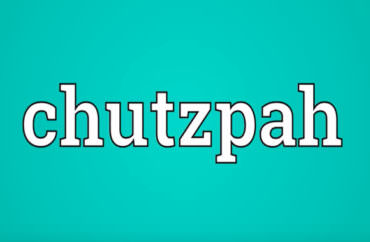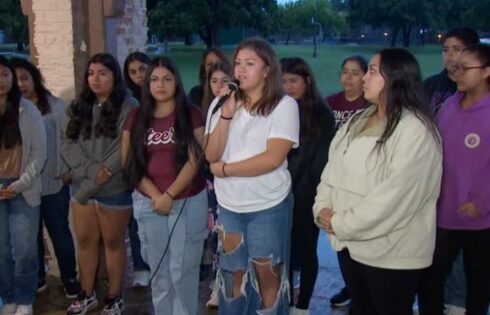
In what has to be a 2017 chutzpah moment, an editor from the Los Angeles Times told attendees at Harvard’s Kennedy School that the “closed loop” of conservative media has “pushed the Republican Party farther to the right.”
In a discussion Tuesday evening, the Times’ Washington bureau’s Jackie K. Calmes claimed that the Internet, talk radio, and cable news have “created a confined ‘ecosystem’ of right-wing media” that makes GOP pols “overpromise” things and adopt “more extreme policy stances at the expense of effective governance.”
Calmes used repealing Obamacare and defunding Planned Parenthood as two examples.
“You take something as basic to Republican ideology as tax cuts, and [Republican politicians] cannot do it,” she said.
And asked how she sees the relationship between conservative media and Republican politicians changing in the future, Calmes said the outlook was bleak: “It’s only going to get worse,” she said.
The rise of the Internet as a dominant news source has only intensified this relationship, she said. She added that journalists should not stop reporting on President Donald Trump’s tweets, which “provide a unique window into the mindset of the President of the United States.”
Liam D. deClive-Lowe ’21, who attended the talk, said he found Calmes’ ideas enlightening.
“My biggest takeaway was that right now we have two major parties in America, one which is a governing party that can’t win elections and one that’s a winning party that can’t govern,” he said.
Not mentioned by Ms. Calmes is the “confined ecosystem” of the mainstream media: Allegedly “objective” news organizations like CNN and the Big Three networks don’t even try to mask their progressive bias anymore. Just peruse the stories at sites like Newsbusters for a few minutes — it’s an eye-opening experience.
Consider, too, the following on journalist political diversity from noted statistics guru Nate Silver:
As of 2013, only 7 percent of them identified as Republicans (although only 28 percent called themselves Democrats with the majority saying they were independents). And although it’s not a perfect approximation — in most newsrooms, the people who issue endorsements are not the same as the ones who do reporting — there’s reason to think that the industry was particularly out of sync with Trump. Of the major newspapers that endorsed either Clinton or Trump, only 3 percent (2 of 59) endorsed Trump. By comparison, 46 percent of newspapers to endorse either Barack Obama or Mitt Romney endorsed Romney in 2012.
Silver recognizes the cause and effect which (probably purposely) eludes Calmes:
“Furthermore, as the media has become less representative of right-of-center views — and as conservatives have rebelled against the political establishment — there’s been an increasing and perhaps self-reinforcing cleavage between conservative news and opinion outlets such as Breitbart and the rest of the media.”
MORE: Average guy does what mainstream media won’t — report on Obamacare
MORE: Republicans harness social media to fight bias against conservative students
IMAGE: YouTube
Like The College Fix on Facebook / Follow us on Twitter






Please join the conversation about our stories on Facebook, Twitter, Instagram, Reddit, MeWe, Rumble, Gab, Minds and Gettr.